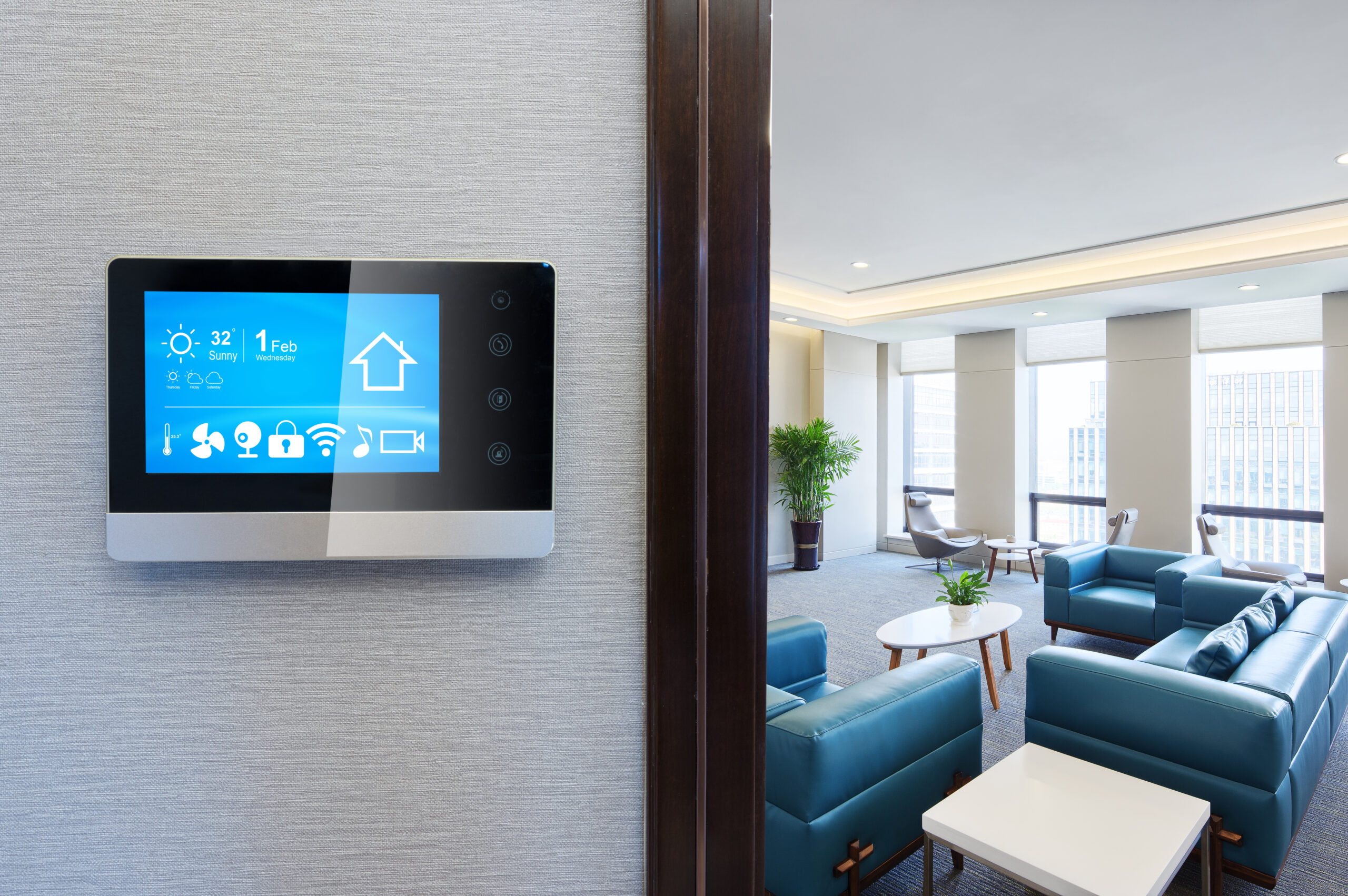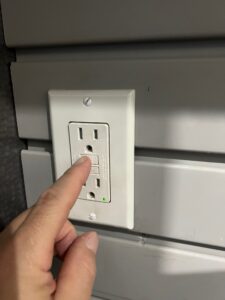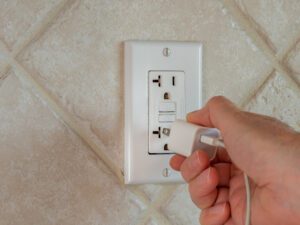Thermostat placement is a key factor in ensuring your home’s heating and cooling systems operate efficiently and maintain comfortable temperatures. Ideally, a thermostat should be located on an interior wall, away from direct sunlight, drafts, and heat sources like kitchen appliances. This placement helps in accurately gauging the average temperature of your home, leading to more efficient energy use and enhanced comfort. Understanding the best practices for thermostat placement can significantly impact your home’s climate control and energy consumption.
Understanding Thermostats
Thermostats are the control centers for your home’s heating and cooling systems. They come in various types, including manual, programmable, and smart thermostats. Each type offers different features and levels of control, but all require proper placement to function effectively.
The Science Behind Thermostat Placement
Thermostat placement directly influences the accuracy of temperature readings. A poorly placed thermostat can lead to false readings, causing your HVAC system to work harder than necessary. This not only affects your comfort but also increases your energy bills.
Ideal Locations for Thermostat Placement
For optimal performance, place your thermostat on an interior wall, central to your home’s most used areas. It should be positioned away from direct sunlight, drafts, and heat sources to avoid skewed temperature readings. The ideal height is about 52-60 inches from the floor to prevent warm air from affecting the thermostat’s accuracy.
Places to Avoid for Thermostat Placement
Avoid placing your thermostat near windows, doors, kitchens, and bathrooms. These areas can lead to inaccurate temperature readings due to drafts, direct sunlight, and fluctuating heat levels from appliances and showers.
Special Considerations for Multi-Level Homes
In multi-level homes, it’s important to consider the differences in temperature between floors. A single thermostat may not be sufficient for even temperature control throughout the house. In such cases, zoning systems or multiple thermostats can provide more accurate and efficient climate control.
Impact of Incorrect Thermostat Placement
Incorrect thermostat placement can lead to inefficient heating and cooling, resulting in higher energy bills and uncomfortable living conditions. It can cause your HVAC system to cycle on and off more frequently, reducing its lifespan and efficiency.
Can you Move Your Thermostat If It’s in a Bad Location?
Absolutely you can, and in many situations, you should. However, but the process varies depending on whether you have a hardwired thermostat or a newer Wi-Fi model. Understanding the differences and requirements for each type is key to a successful relocation.
Hardwired Thermostats:
These traditional thermostats are directly connected to your home’s electrical system and HVAC wiring. To move a hardwired thermostat, you’ll need to extend the wiring to the new location. This can be a complex task, often requiring the skills of a professional electrician or HVAC technician. They will ensure that the wiring is safely and correctly extended, and the thermostat is properly installed in its new location. It’s important to consider the length of the wire run and any potential obstacles, such as walls or floors, that might complicate the process.
Wi-Fi Thermostats:
Wi-Fi thermostats offer more flexibility in terms of placement, as they communicate with your HVAC system wirelessly. However, they still may require a power source, which is usually provided by the existing thermostat wiring if they are not a battery powered unit. If you’re moving a Wi-Fi thermostat, you’ll need to ensure that the new location has access to a power source. This might involve some minor electrical work, such as installing a new wire or using a power adapter. The advantage of Wi-Fi thermostats is that they can often be easily reconnected to your home network and HVAC system without extensive rewiring.
In either case, unless you are an HVAC expert, this is normally not a DIY Project. I’d strongly suggest consulting with a professional to ensure the move is done safely and effectively.
Smart Thermostats and Placement
Smart thermostats offer advanced features that can compensate for less-than-ideal thermostat placement. They can learn your preferences, adjust temperatures based on occupancy, and provide remote control, enhancing overall efficiency.
Final Thoughts
Proper thermostat placement is essential for maintaining a comfortable and energy-efficient home. By following these guidelines, you can ensure your thermostat accurately reflects your home’s average temperature, leading to better climate control and reduced energy costs.
We invite you to share your experiences and questions about thermostat placement in the comments below. If you need personalized advice, our team at Trustworthy Home Advice is here to help. Visit our blog for more home improvement tips and insights or shoot us an email.




